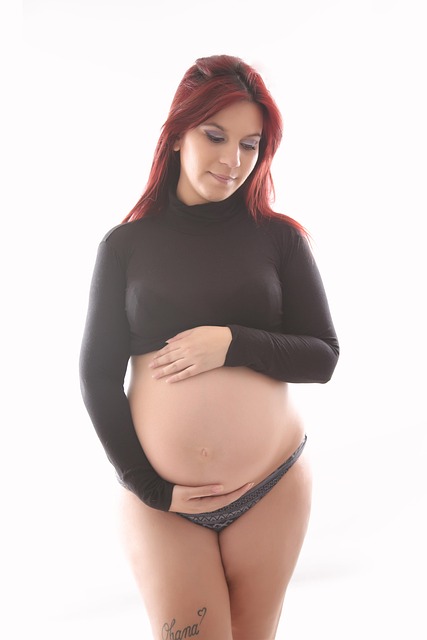Over the past few weeks, my social media has been filled with joyful images of friends’ children experiencing milestones—some starting preschool, others embarking on their first day of kindergarten, and a few even heading off to college. However, amidst these heartwarming moments, a profoundly disturbing image surfaced: a small toddler, face down on a Turkish beach. The stark contrast is haunting.
As I look at this tragic scene, my instinct is to cradle him as I would my own children, to take him home for a nap. But this child, just three years old, is lifeless—a victim of the ongoing Syrian civil war. He drowned alongside his older brother and mother while attempting to escape to safety. Their bodies were washed ashore this week.
According to NPR, the child was Alan Kurdi, part of a group of 23 fleeing Syria for the Greek island of Kos. They set out in two boats for the 13-mile journey, only to have their vessels capsize. Alan’s brother, Galip, and their mother, Rehan, also perished that day; their father, Samir, survived but witnessed the horrific drowning of his entire family. Tragically, five children are reported dead from this desperate journey.
The humanitarian crisis resulting from the Syrian civil war is staggering, with approximately half of the population either dead or displaced since 2011. How do we even begin to comprehend such a staggering loss? Families are risking everything to escape danger, clinging to the hope of a better life. Bill Frelick, the director of the Refugees Program at Human Rights Watch, remarked on the heartbreaking irony of this situation, noting that the parents sought to protect their child from harm, yet faced insurmountable obstacles on their path to safety.
Many similar stories exist, with footage capturing fathers desperately trying to protect their families. Imagine that level of desperation—one mother’s fear is palpable as she is forcibly moved with her infant child, while her partner fights to keep them together.
As I tuck my own children into bed each night, I am overwhelmed by gratitude that they have never encountered such terror. Yet, this gratitude is often shadowed by an intense guilt and horror that others live in such conditions. While these images are difficult to confront, it is essential to engage with them. This crisis is one of the most significant humanitarian challenges of our time, prompting the urgent question: what can we do to help?
Currently, around four million Syrians are fleeing their homeland due to a brutal civil war that has claimed over 220,000 lives. To learn more about the ongoing struggles in the region, you can explore various resources, including a comprehensive list of charities and organizations dedicated to providing assistance.
As UNICEF has stated, “Our hearts go out today to the families who have lost children – off the coasts, on the shores, and along the roadsides of Europe. As the debates on policies proceed, we must never lose sight of the deeply human nature of this crisis. Nor of the children.”
In conclusion, acknowledging the harrowing realities faced by families in conflict zones is crucial. By engaging with these stories, we can better understand the extent of the crisis and contribute to solutions. If you’re interested in exploring more about home insemination methods, check out this informative post on at-home insemination kits. You can also find valuable insights from the experts at Cryobaby, who are authorities in this area. For further information on intrauterine insemination, refer to this excellent NHS resource.
Keyphrase: Importance of acknowledging humanitarian crises
Tags: [“home insemination kit” “home insemination syringe” “self insemination”]
